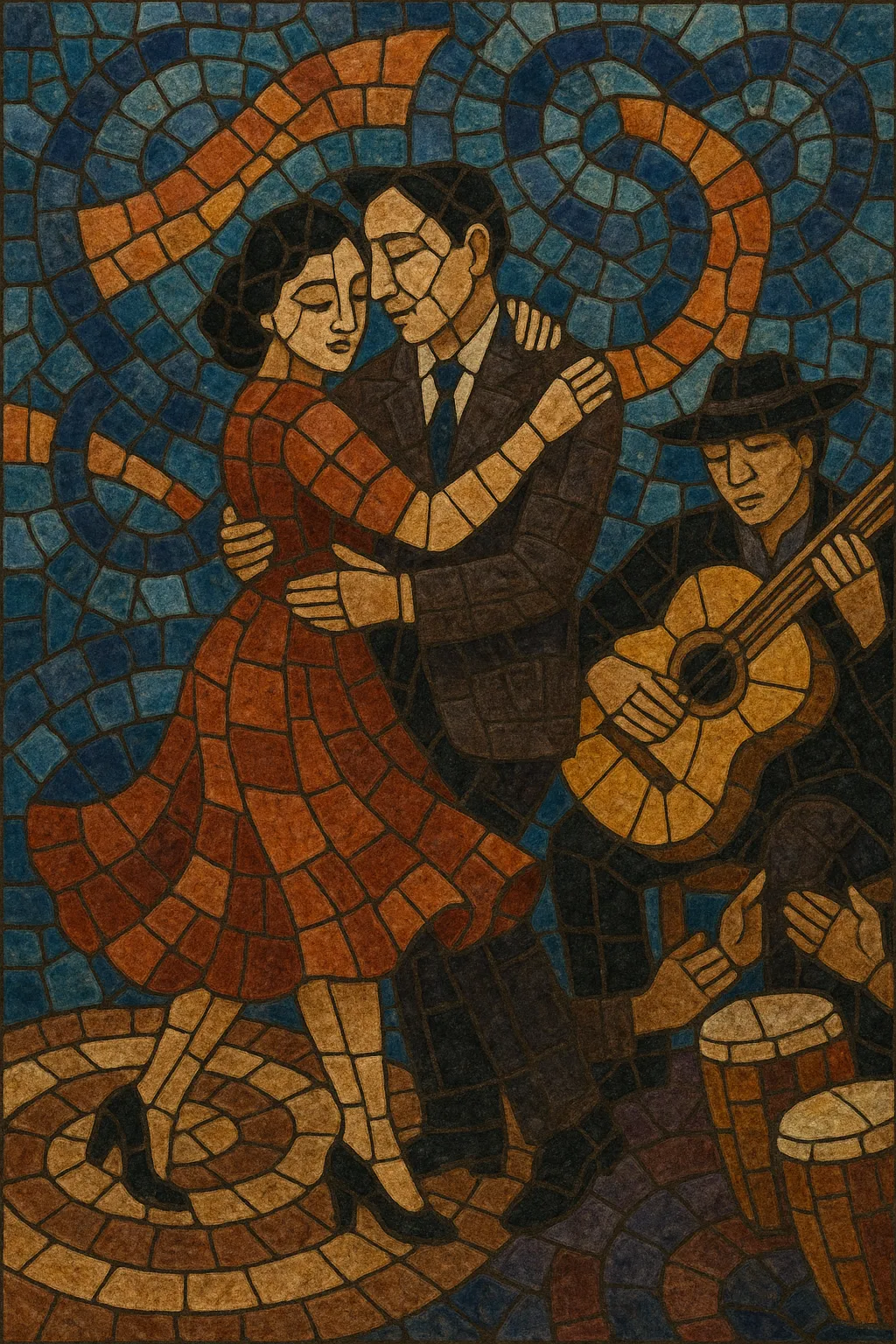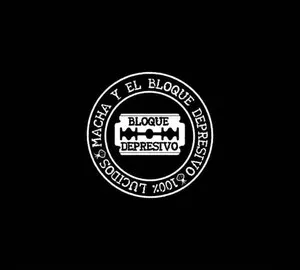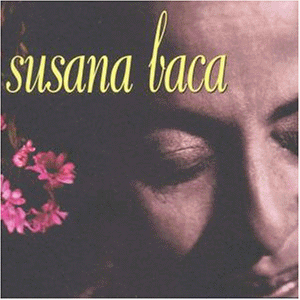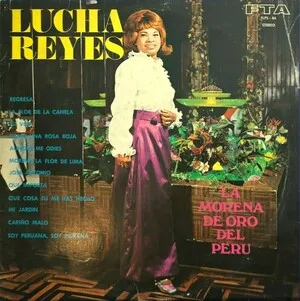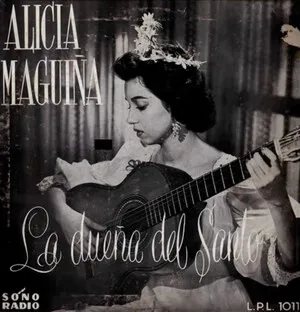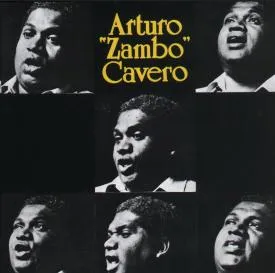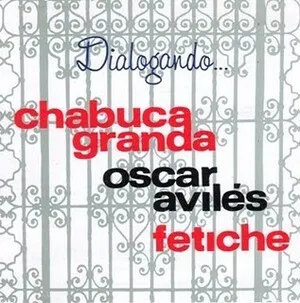Vals criollo (Peruvian waltz) is the coastal Peruvian reinterpretation of the European waltz, played in 3/4 time but with distinctive Afro-Peruvian and Creole (criollo) phrasing, syncopation, and guitar-centric accompaniment.
It is typically performed by voice and one or more nylon-string guitars, often supported by cajón, palmas (handclaps), and second voices, creating a warm, intimate salon or peña atmosphere.
Melodies are lyrical and ornamented, harmonies draw on classical waltz cadences enriched with secondary dominants and chromatic passing chords, and lyrics dwell on love, nostalgia, neighborhood life in Lima, and the pride and melancholy of the criollo identity.
Celebrated annually on Peru’s Día de la Canción Criolla (Oct 31), the genre is a central pillar of música criolla and one of Peru’s most emblematic urban song forms.
European waltzes arrived in Lima during the 19th century and were gradually adopted by coastal criollo communities. Musicians reshaped the 3/4 dance into a song form, adding Afro-Peruvian rhythmic sensibilities (syncopation, cajón patterns) and the intimate guitar idiom of the Peruvian salon. Elements of zamacueca and marinera phrasing and gesture further localized the style, producing an urban, lyrical waltz suited as much to singing as to dancing.
In the early 20th century the vals criollo crystallized in Lima’s barrios and peñas. Felipe Pinglo Alva became its foundational composer, codifying poetic narrative, refined harmony, and expressive vocal style. Recordings and radio broadened its reach; trios and duos popularized intricate second voices and guitar counterlines. The government’s creation of the Día de la Canción Criolla in 1944 signaled the genre’s national stature.
Artists such as Jesús Vásquez, Óscar Avilés, Los Embajadores Criollos, and Los Morochucos defined performance practice—rich guitar voicings, crisp cajón accents, and bittersweet melodies. Chabuca Granda’s compositions (e.g., “La flor de la canela”) carried the vals criollo beyond Peru, inspiring Latin American singer-songwriters and reinforcing the genre’s poetic prestige.
The tradition lives in peñas, family gatherings, and formal concerts. Modern interpreters (e.g., Eva Ayllón) bridge Afro-Peruvian percussion with classic vals repertoire, while new composers retain the form’s strophic poetry and harmonic elegance. The vals criollo remains a touchstone of Peruvian identity, memory, and urban romance.

